GCam
Format
The image on the left represents a lossless TIFF image. The image is clean, and there are no artifacts.
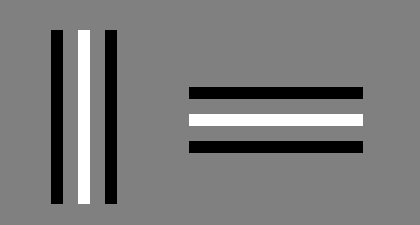
The image on the right represents a JPEG image with quality set at 85, which is the standard for JPEG images on the iPhone. The image is not completely clean, and there are visible artifacts at the ends of the black and white stribes.
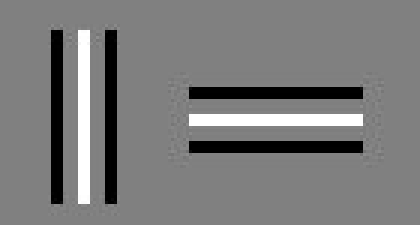
Even if the compression artifacts are best seen on computer generated images as the two above, such artifacts are still there on photos, as I will show in the following. To get the best result, when capturing and editing photos, work with TIFF images. If you need the result as a JPEG image, do the JPEG compression at the final stage.
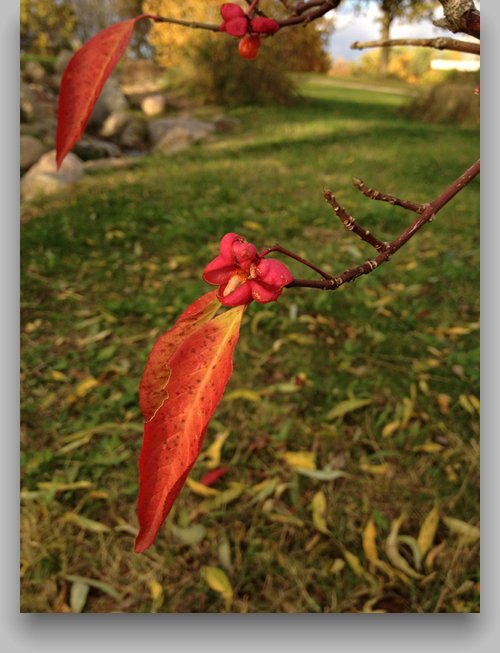
When developing GCam, I worked with a version, that could save both TIFF and JPEG versions of the same snapshot. I used this to compare the differences between the two formats directly from the camera in the iPhone.
To the left is seen a small version of such a full 2448x3264 pixel snapshot.
The next two images take a closer look at the two formats.
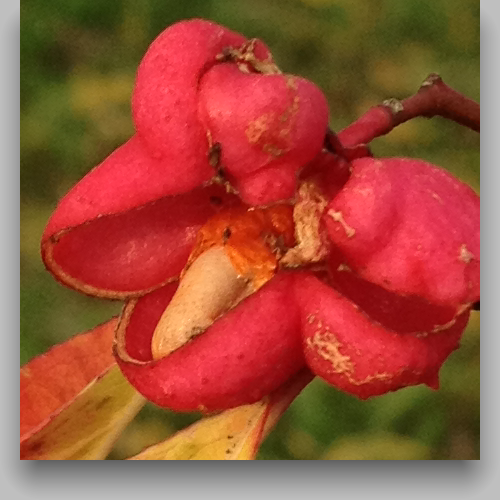
The TIFF version.
To clearly see the difference between the two images, I loaded them into a graphical application and let it compute the difference. I then enhanced the contrast of the result, and now the difference is clearly seen.
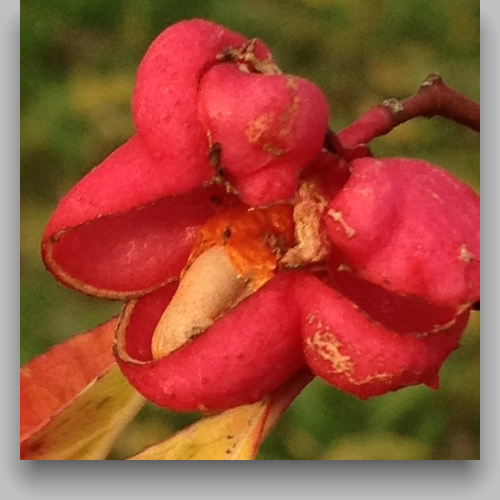
The JPEG version.

The difference.
The next two images show the full image again and the full difference.

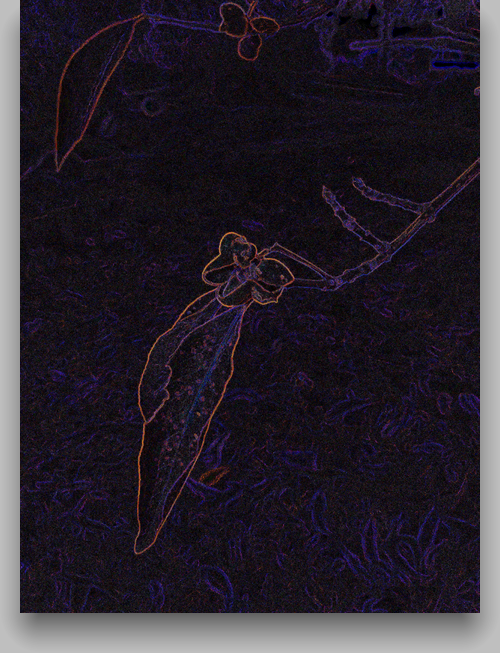
John Niclasen 2013 © Copyright